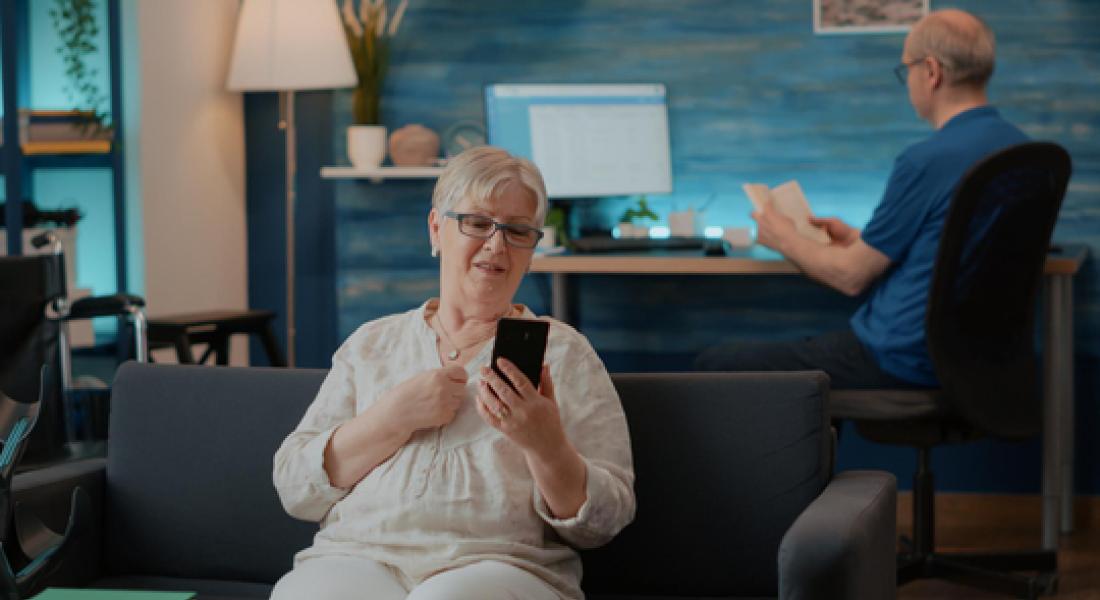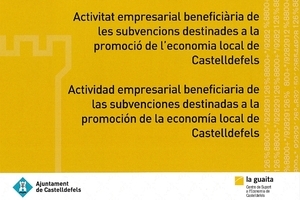In today's digital age, web accessibility is an essential component in ensuring that all people, regardless of physical or cognitive abilities, can access and enjoy online content. However, many websites still have significant limitations in terms of accessibility, which excludes a significant part of the population.
Why does my Website have to be Accessible and Inclusive?
By addressing these limitations in web accessibility, organizations can ensure that their sites are inclusive and accessible to all users, regardless of their abilities or disabilities. Accessibility is not only an ethical and legal requirement, but it also improves the overall user experience and expands the reach of the online audience.
Common Limitations in Web Accessibility
-
Lack of Alternative Text in Images: Images are an important visual component on web pages, but for people with visual impairments, image content is not directly accessible. The lack of alt text or descriptions on images prevents screen readers from conveying this information to users who are blind or have low vision.
-
The solution here lies in providing clear and concise descriptions for each image using "alt" attributes, allowing visually impaired people to understand the context of the images.
-
-
Inflexible Fonts and Text Sizes: Some web pages use small fonts or do not allow you to adjust the text size. This may make reading difficult for people with vision problems or who require size adjustments for comfort.
-
The solution is to implement a flexible layout that allows users to adjust the font size according to their preferences and needs.
-
-
Lack of Color Contrast: Insufficient contrast between text and background can make readability difficult, especially for people with visual impairments or color blindness. Poor contrast can make content unreadable and affect the user experience.
-
Using high-contrast color schemes and following accessibility guidelines helps ensure that content is visible to all users.
-
-
Videos without Captions or Transcripts: Online videos are a popular way to share content, but those that lack captions or transcripts exclude the hearing impaired.
-
Providing accurate captions and transcriptions for dialogue and sounds in videos ensures that everyone can understand the content.
-
-
Complex Navigation: Complicated navigation structures make it difficult for people with disabilities to move efficiently around the site. This can cause confusion and frustration.
-
The solution is to create clear, hierarchical navigation, using appropriate headings and labels to organize content coherently and allow users to easily access different sections of the site.
-
We hope this article has been effective in shedding light on the limitations in web accessibility and how to address them. By overcoming these barriers, we not only create an inclusive experience, but we also build a solid foundation for a more accessible and equitable online world. Together, we can forge a path toward a web for everyone.



